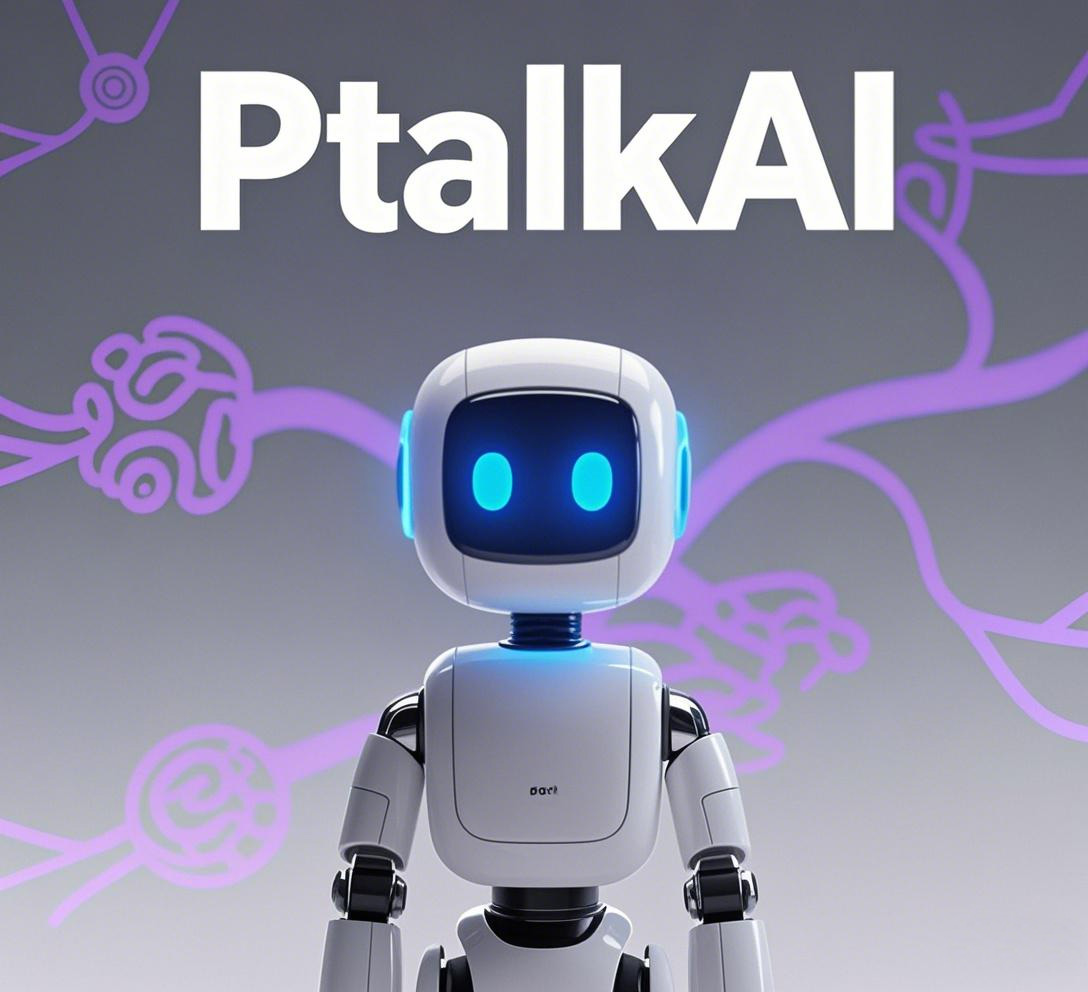The Cutting - Edge Frontiers of AI Technology
韩立 2025-06-13
Artificial Intelligence (AI) has evolved from a theoretical concept to a transformative force that is revolutionizing every aspect of our lives.
Artificial Intelligence (AI) has evolved from a theoretical concept to a transformative force that is revolutionizing every aspect of our lives. As we stand at the cusp of a new era, the latest advancements in AI are pushing the boundaries of what was once thought possible, opening up a world of opportunities across industries.
Reinforcement Learning Breakthroughs
Reinforcement Learning (RL) has emerged as a game - changing approach within AI, enabling machines to learn from experience by interacting with their environment. One of the most remarkable achievements in RL is the development of AlphaFold by DeepMind. This AI system has the unprecedented ability to accurately predict the 3D structure of proteins. Proteins are the building blocks of life, and understanding their structure is crucial for drug discovery. Before AlphaFold, determining protein structures was a time - consuming and expensive process, often taking years. With AlphaFold, this process has been significantly accelerated. It has the potential to revolutionize the pharmaceutical industry, as it can quickly identify potential drug targets, leading to the faster development of new drugs to treat diseases such as cancer, Alzheimer's, and diabetes.Generative Adversarial Networks (GANs)
Generative Adversarial Networks (GANs) consist of two neural networks - a generator and a discriminator - that work in tandem. The generator creates synthetic data, such as images, videos, or audio, while the discriminator tries to distinguish between the synthetic data and real data. This adversarial process has led to astonishing results. For example, in the field of image generation, GANs can now produce hyper - realistic images. NVIDIA's StyleGAN series has been at the forefront of this development. StyleGAN2, for instance, can generate high - resolution facial images that are indistinguishable from real photos. These advancements have far - reaching applications, from creating virtual environments for immersive gaming experiences to augmenting datasets for training other machine learning models. In the fashion industry, GANs can be used to generate new clothing designs, allowing designers to explore endless creative possibilities.Explainable AI (XAI)
As AI systems become more complex and integrated into critical decision - making processes, the need for transparency and interpretability has become increasingly urgent. Explainable AI (XAI) aims to bridge the gap between the "black - box" nature of AI models and human understanding. Recent research in XAI has focused on developing techniques that can explain how an AI model arrives at its decisions. For example, Local Interpretable Model - agnostic Explanations (LIME) is a method that can provide explanations for any classifier or regression model. In the medical field, if an AI system is used to diagnose a disease, XAI can help doctors understand the reasoning behind the diagnosis. This not only builds trust in AI systems but also allows for better evaluation and improvement of these models.Edge AI
The proliferation of Internet of Things (IoT) devices and the demand for real - time processing have given rise to Edge AI. Instead of sending data to a centralized server for processing, Edge AI enables AI algorithms to be deployed directly on edge devices such as smartphones, cameras, and sensors. This approach offers several advantages, including reduced latency, enhanced privacy, and improved reliability. In autonomous vehicles, Edge AI allows the vehicle to make instant decisions based on the data captured by on - board sensors, such as cameras and LiDAR. This is crucial for ensuring the safety of passengers and other road users. In smart homes, Edge AI - enabled devices can process data locally, for example, a smart security camera can detect intrusions in real - time without having to send all the video data to the cloud, thus protecting the user's privacy.AI - Driven Scientific Research
AI is now playing a pivotal role in accelerating scientific research across various disciplines. In particle physics, for example, AI algorithms are used to analyze large volumes of data from particle accelerators. The Large Hadron Collider (LHC) produces petabytes of data every year, and AI can help physicists sift through this data to identify new particles and phenomena. In climate science, AI models can simulate complex climate systems more accurately, helping scientists predict the impact of climate change and develop mitigation strategies. AI can also assist in the discovery of new materials. By analyzing the properties of existing materials and predicting the properties of new ones, AI can speed up the process of developing materials with specific characteristics, such as stronger and lighter materials for aerospace applications.Ethical Considerations in AI
With the rapid advancement of AI, ethical concerns have come to the forefront. Issues such as bias in AI algorithms, privacy, and the potential impact on employment are being widely debated. AI systems are only as good as the data they are trained on, and if the training data contains biases, the AI will perpetuate those biases. For example, facial recognition technology has been shown to be less accurate for people with darker skin tones in some cases. To address these concerns, organizations and researchers are developing ethical frameworks for AI development. The European Union's General Data Protection Regulation (GDPR) has set a precedent for data privacy, and similar regulations are being considered in other parts of the world. Additionally, efforts are being made to ensure that AI is developed in a way that benefits society as a whole, rather than a select few.In conclusion, the current state of AI technology is characterized by rapid innovation and far - reaching implications. From solving complex scientific problems to enhancing our daily lives, AI is transforming the world around us. However, as we continue to develop and deploy AI, it is essential that we address the ethical, legal, and social challenges that come with it. By doing so, we can ensure that AI is a force for good, driving progress and improving the quality of life for all.












